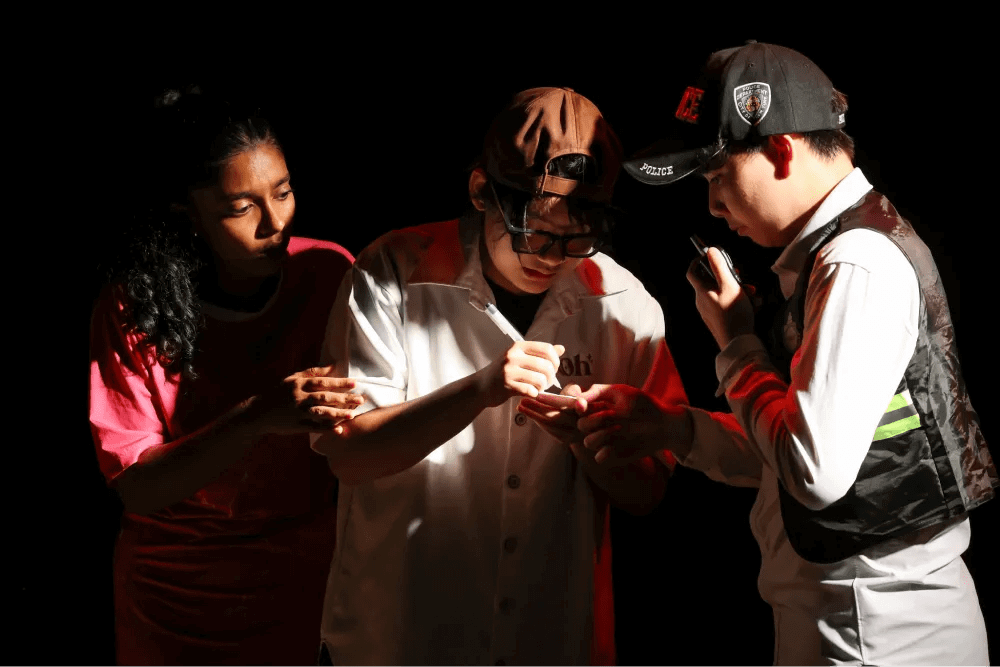Team Building Activities for Secondary Students
Team building activities for secondary students promote collaboration, enhance communication skills, and build peer trust. Students can also develop problem-solving abilities by engaging in collaborative tasks, equipping themselves with real-life challenges. This article will explore 10 dynamic team-building activities designed to enrich the school experience and prepare students with essential life skills.
1. Escape Room
- Supplies needed: A timer, puzzles, clues, and a room.
- Purpose: To promote multiple skills in a fun environment.
- Class time: 60 minutes.
- Group size: 4 to 6 students.
- Skill focus: Collaboration, communication, and observation.
Students are split into different teams. Once they enter the escape room, they receive a briefing on their mission and the background story. The timer begins once inside, and participants must cooperate to solve puzzles to escape the room before time runs out. If a team struggles with any puzzle, they can request hints from the instructor.
Teams gain a deeper understanding of clear communication. They can also enhance their problem-solving and teamwork skills by using diverse skills to solve puzzles under time pressure.
2. Scavenger Hunt
- Supplies needed: a list of items, bags or boxes for collected items (or a camera or phone), and a timer.
- Purpose: To trigger students’ creativity and imagination for problem-solving skills.
- Class time: 30 to 1 hours.
- Group size: 4 to 5 students.
- Skill focus: Teamwork and problem-solving skills.
Scavenger Hunt is one of the most popular team building activities for secondary students due to the combination of teamwork and strategy development in an immersive environment.
The instructors give teams a list of items to locate or tasks to accomplish within a designated area. They must develop a strategy to finish their missions as quickly as possible. The winner is the first team that completes the list or accomplishes the most items within the specified time.
When playing Scavenger Hunt, you don’t need to be involved in competition or adhere to a time limit. This game can serve as an enriching adventure with educational opportunities.
3. Building Blocks
- Supplies needed: Paper and pen
- Purpose: To develop collaborative and problem-solving skills.
- Class time: 60 minutes
- Group size: 5 to 10 students.
- Skill focus: Teamwork and communication.
Divide the class into teams and assign a problem relevant to the course material. Each team member takes a turn to write down a solution and passes the paper to the next, refining the previous idea.
This iterative process continues until all members have participated. When the time is up, a designated spokesperson presents the team’s final answer to the group. The team can effectively refine and improve their answer to initial concepts, which enhances their ability to communicate ideas and work collectively towards a common goal.
4. Recall Game
- Supplies needed: Paper and pens
- Purpose: To reinforce learning after a training event through teamwork.
- Class time: 20 minutes.
- Group size: 5 to 10 students per team.
- Skill focus: Memory recall and teamwork.
Instead of compiling dull assessment papers, educators can use the Recall Game to summarize which parts of the training are essential and how much information their students can absorb.
Break the group into different teams of 5 to 10 members. Then, each team has about ten minutes to list facts or skills recalled from their training. A team representative presents the list and earns points for each accurate item. Other teams have the opportunity to challenge the validity of any points.
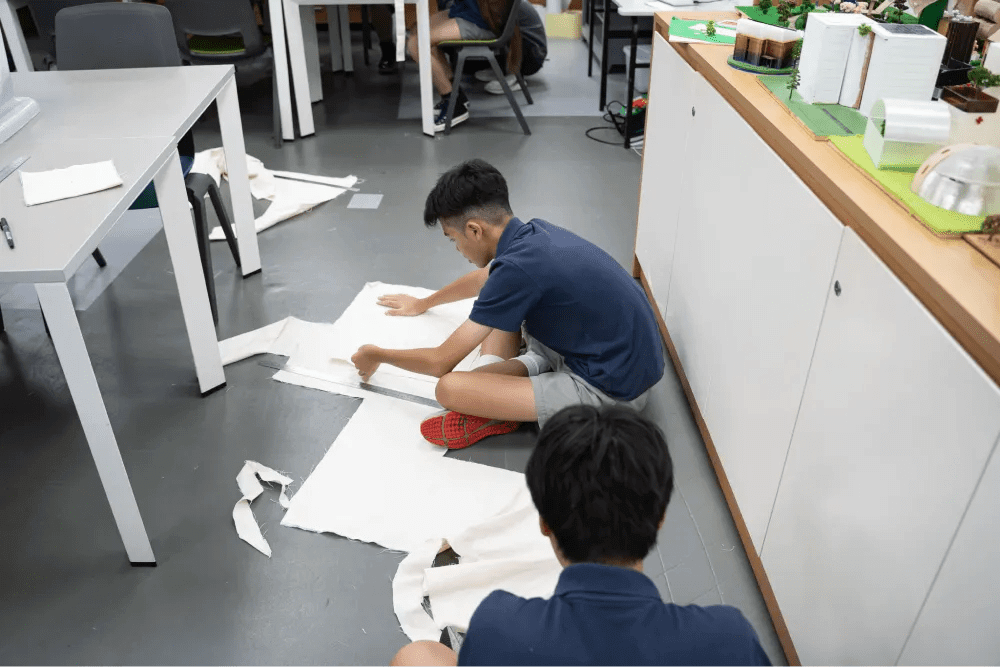
5. Constructive Feedback
- Supplies needed: A box and paper.
- Purpose: To practice giving and receiving feedback.
- Group size: 6 to 12 students.
- Skill focus: Collaboration and communication.
Choose one volunteer to stand up with an empty box behind them and give them 30 wadded papers. Then, instruct the rest of the group to provide clues to help the volunteer throw the papers into the box without turning around. The feedback can be as simple as “Slightly to the left.”
After a time, ask the volunteer to evaluate which types of feedback were most effective and explain why. The game continues until the volunteer successfully throws three wads into the box.
6. Tug of War
- Supplies needed: Long, sturdy rope.
- Purpose: To promote physical fitness and school spirit through competition.
- Class time: Varies based on rounds, breaks, and the number of teams.
- Group size: 6 to 8 students.
- Skill focus: Strength, cooperation, and social skills.
Divide students into teams based on their physical abilities. Place along the rope with a central marker. Teams line up on each side of the rope, gripping the rope and pulling the opposing team across the centerline.
The game rules are simple. Yet, the instructor must ensure that participants do not wrap the rope around their bodies. They should also use proper posture, with feet shoulder-width apart, leaning slightly back at a 45-degree angle, and knees bent. Close observation helps promote fair play and safety.
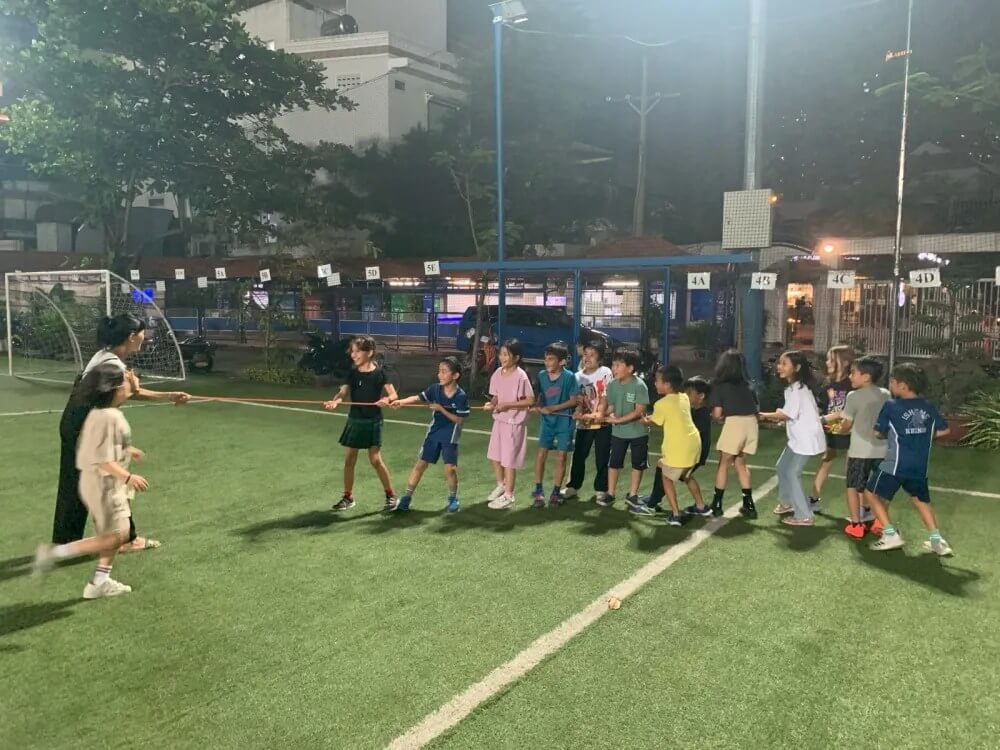
7. Shark Tank
- Supplies needed: Presentation materials.
- Purpose: To develop strategic thinking using the idea of a famous game show.
- Class time: 60 to 90 minutes, varies based on the context
- Group size: 5 to 10 students.
- Skill focus: Presentation, communication, and creativity.
“Shark Tank” is a popular TV show where entrepreneurs pitch their business ideas to investors, known as sharks. They present their products or services and information about their business model, financials, missions, goals, and market efforts to secure funding. This exciting idea makes the game one of secondary students’ most effective team-building activities.
In the “Shark Tank” game, students are divided into groups, each with a product, brand name, logo, and marketing strategies. They present their ideas to sharks, who judge their pitches. Then, the sharks vote on the winning team based on their project.
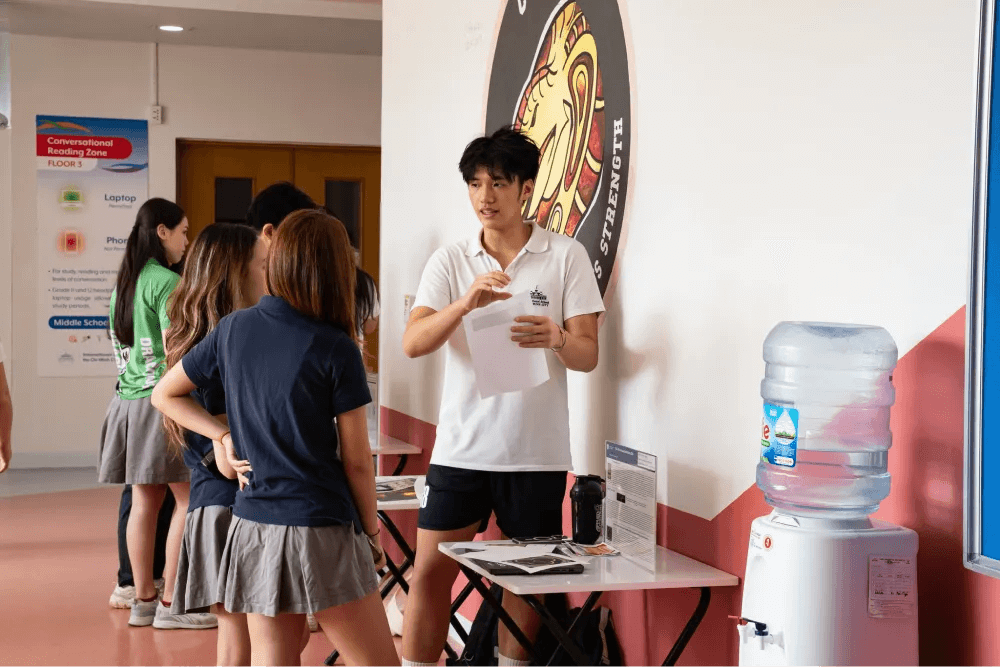
8. What’s in Your Treasure Box?
- Supplies needed: Small boxes, pens, and paper.
- Purpose: To help students recognize valuable aspects of their lives.
- Class time: 30 to 60 minutes.
- Group size: Any number.
- Skill focus: Goal setting.
Educators can also use team building activities for secondary students to help them learn how to set goals and reflect on themselves. In this game, participants list all desired things, current and future, on separate pieces of paper. They have ten minutes to complete this task, imagining that only these items will be theirs for their lives.
Afterward, students place papers for existing items in their treasure boxes and note action steps for future desires. This game reveals that they already possess many things they value and instructs them to attain the desired items.
9. This or That
- Supplies needed: Provocative statements and an online discussion platform.
- Purpose: To discuss provocative statements from diverse perspectives.
- Class time: 30 to 60 minutes.
- Group size: 5 to 10 students.
- Skill focus: Critical thinking and communication.
Students receive a list of provocative statements before class to review the content in advance. They should highlight their positions – agree, disagree, or neutral – on an online discussion platform.
During class, the instructor can use the live chat section or a discussion thread to facilitate the exchange of different opinions. Encourage some students from each group to present or defend their viewpoints to another group. You can repeat this process in several rounds so students can access various perspectives and enhance their understanding of the topic.
10. Hot Seat
- Supplies needed: List of words
- Purpose: To practice speaking and listening skills.
- Class time: Flexible.
- Group size: 4 to 8 students.
- Skill focus: Communication, listening, and body language
Have students form two teams and arrange their chairs facing the board. Choose one player from each team to sit in the “hot seat” with their back to the board. The instructor writes one word on the board that is visible only to the class. Teams help the “hot seat” player guess the word without saying it. The first player to guess correctly earns a point.
If neither “hot seat” participant successfully guesses the word within a period, proceed to the next word without a seat swap. Before the game, the instructor should inform the participants of the total number of words to help them plan their strategy.
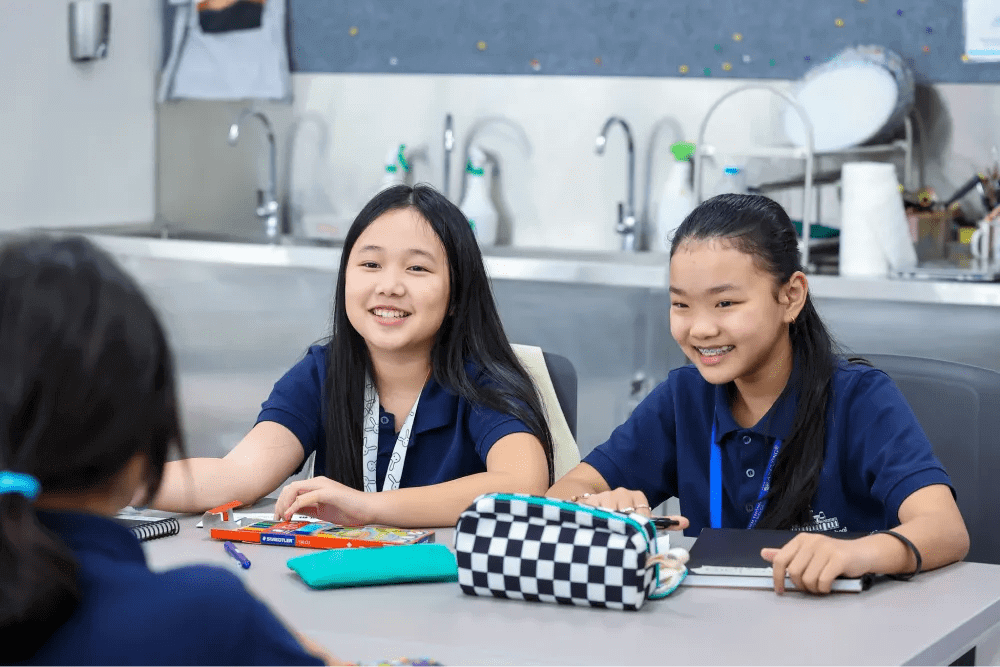
Improve Your Child Skills with ISHCMC’s Team Building Activities for Secondary Students
ISHCMC pays attention to team building activities for secondary students to develop their soft skills. Indeed, our MYP Physical & Health Education (PHE) course requires students to learn, nurture, and interpret new skills when collaborating with their peers. The balance between team and individual sports provided in the course helps students develop teamwork and communication skills with high respect for other ideas.
If you want to discover opportunities for growth and learning at ISHCMC, apply now! Your children can experience our dynamic team building activities and thrive in an inspiring educational environment!
FAQs
1. How can schools organize successful team building activities for students?
Educators can ensure successful team building activities for their students by adhering to these guidelines:
- Prioritize a safe environment
- Develop and reinforce trust among participants
- Emphasize the importance of empathy and self-esteem
- Integrate competitive elements
- Support and encourage ongoing learning
2. What are team building skills?
Team building skills establish an effective group dynamic where individuals feel valued to collaborate towards a common goal. Some examples of team building skills are:
- Delegation
- Motivation
- Teamwork
- Empathy
- Reliability
- Leadership
- Problem-solving
- Communication
3. How can parents support their children in team building activities?
Parents can encourage their involvement in team building activities by guiding them on when to seek adult assistance. This support approach enables children to engage in collaborative activities with a sense of safety and confidence because they know someone is always ready to provide reassurance.

